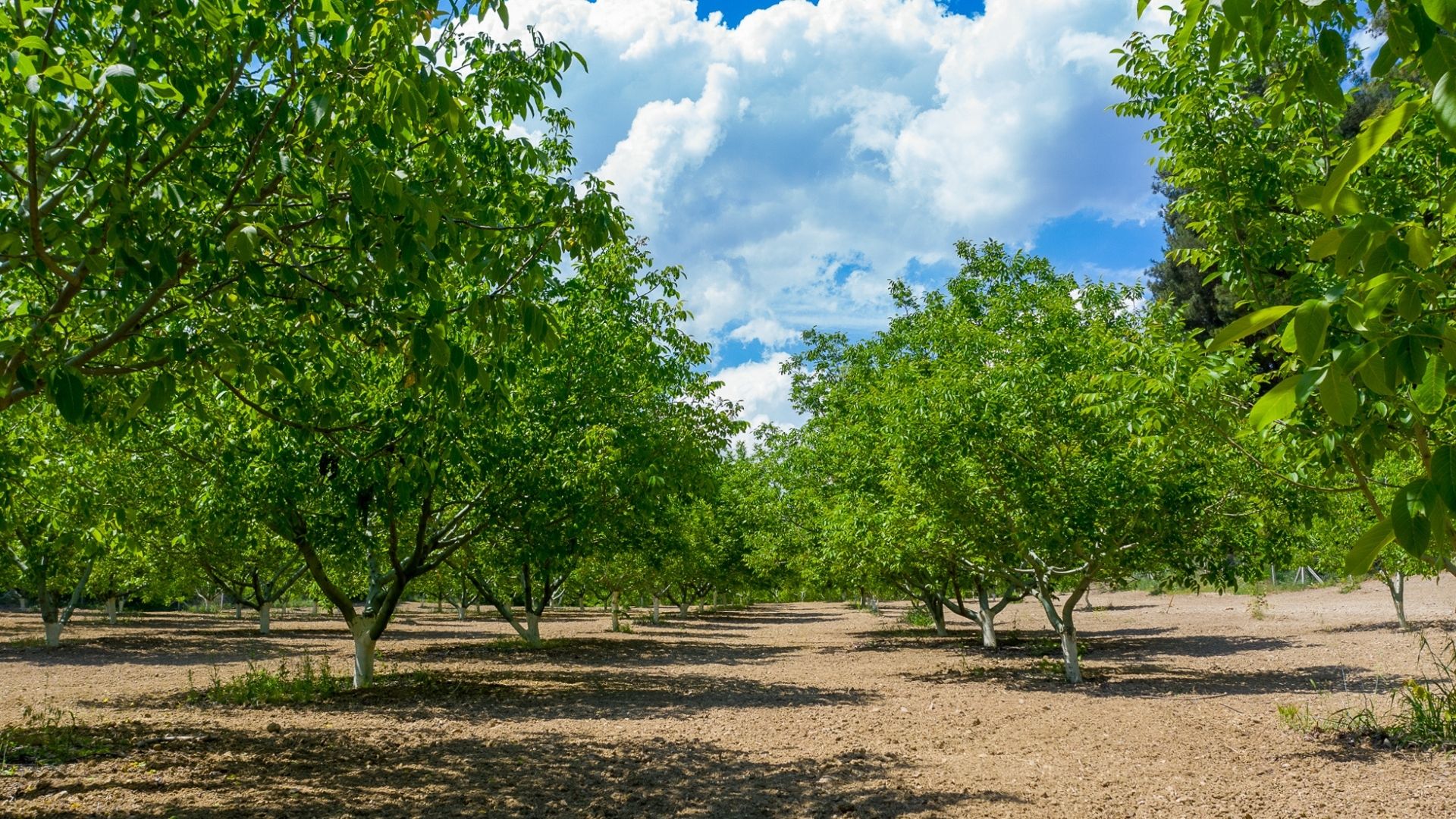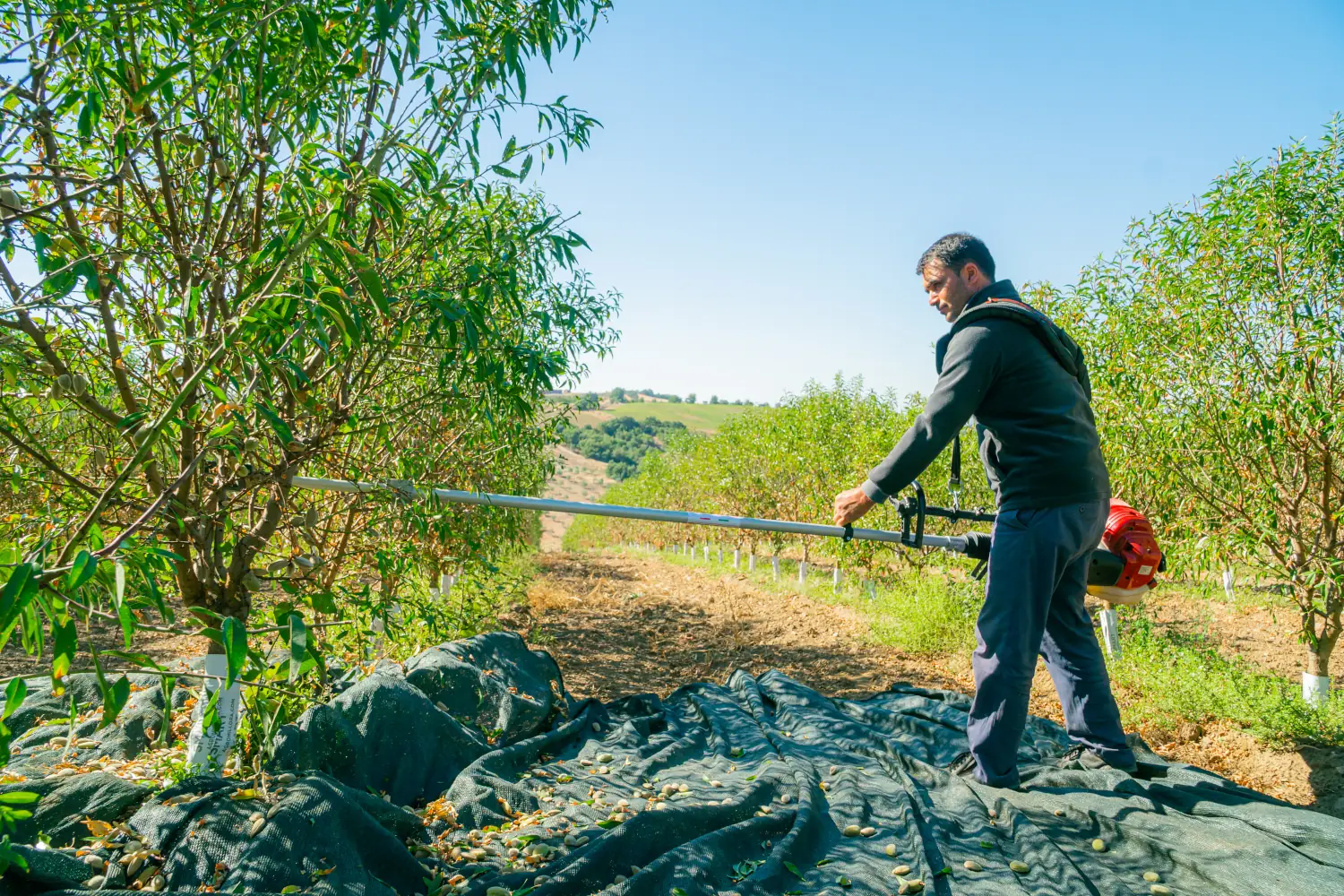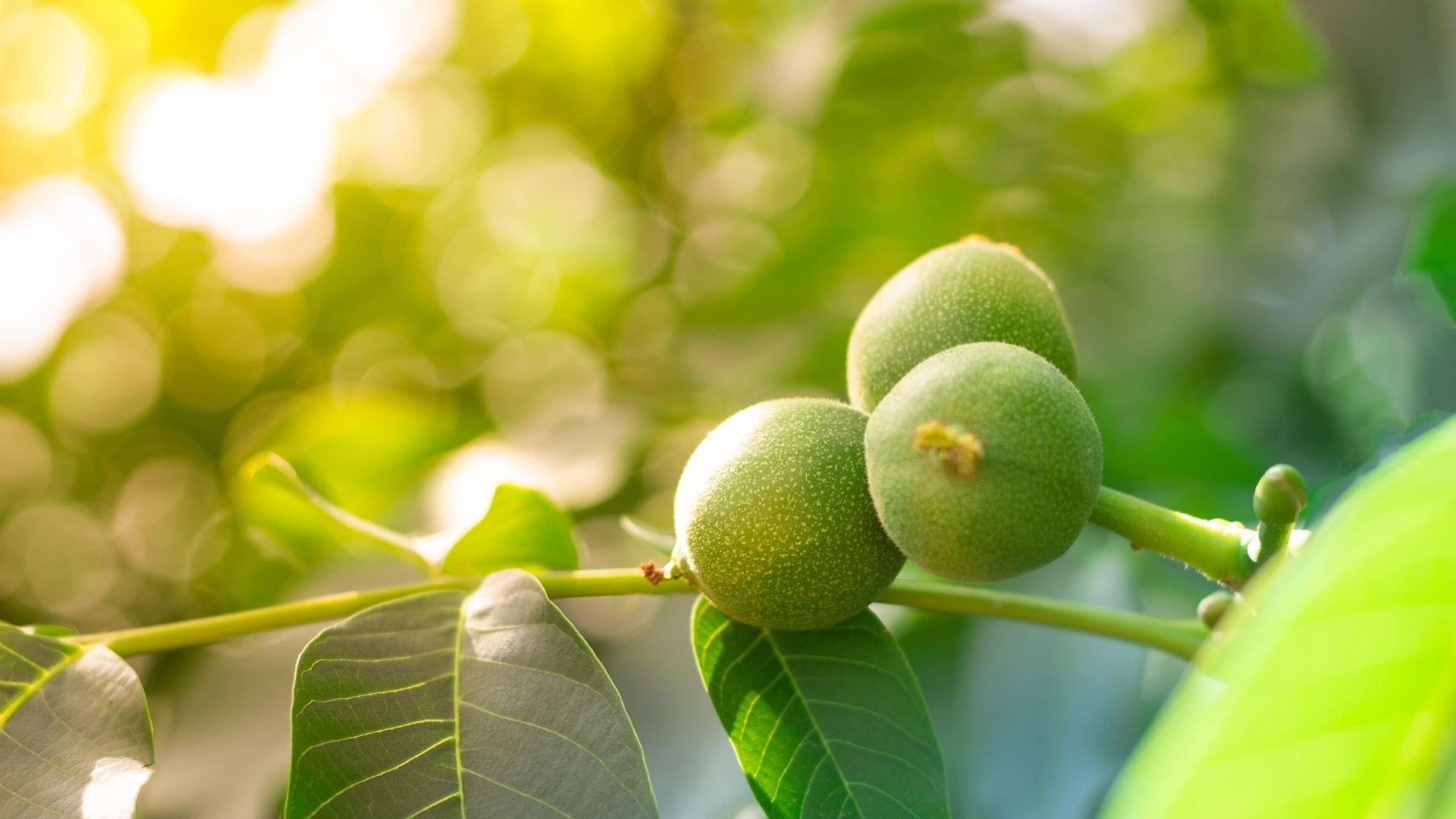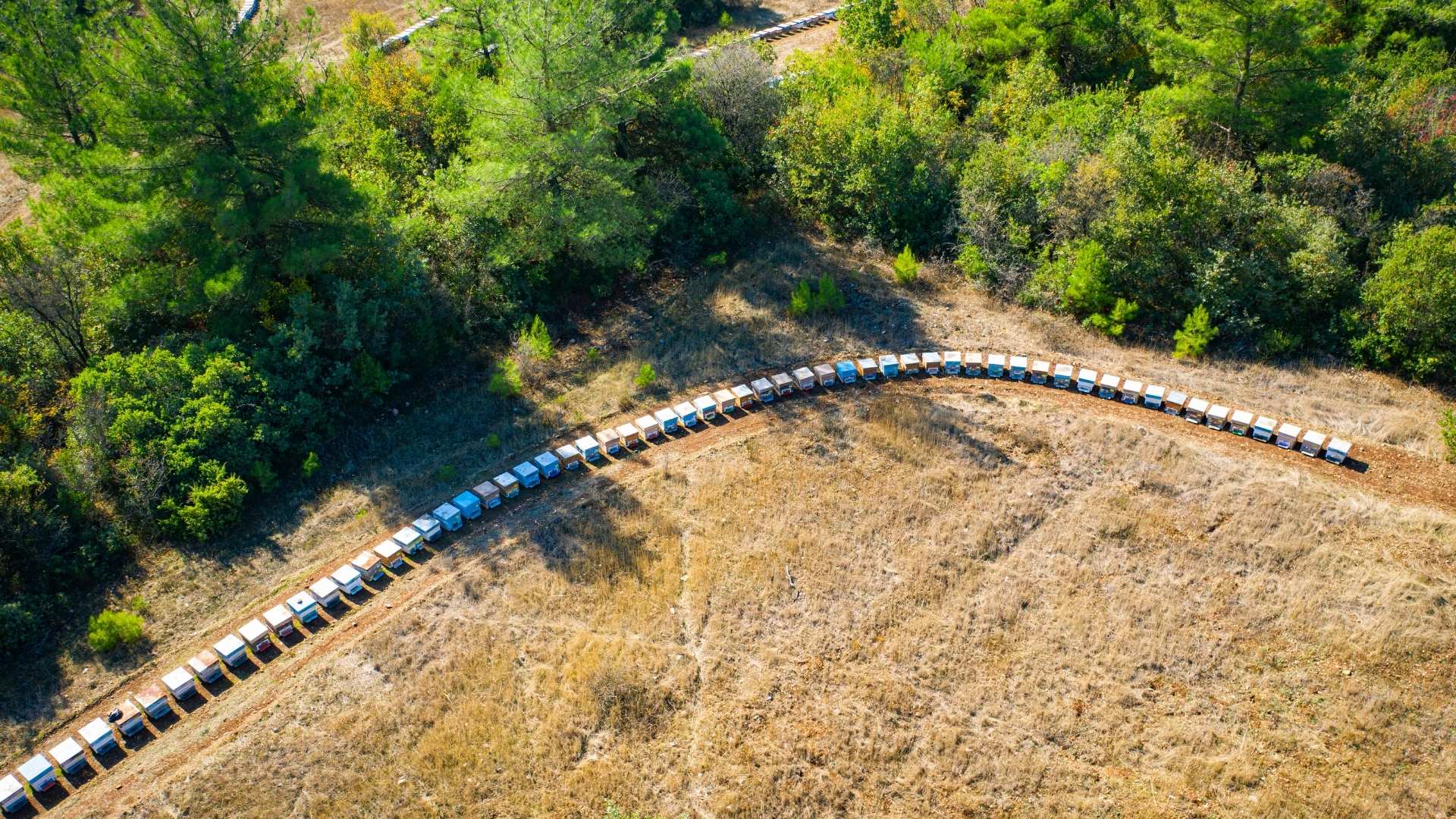
Ecosystem Services, Environmental Assets, and Sustainable Agriculture
Our health and prosperity depend on our natural surroundings. Much work has been done in recent years under the branch of ecosystem services to understand how the natural environment affects our economic performance as nations and as individuals. Like other assets, environmental assets have advantages that boost economic performance, present fresh prospects for employment and investment, and raise the standard of living. The stream of benefits we can get from environmental assets in the future is increased or decreased depending on how well-maintained they are, much like other assets. That’s where the importance of ecosystem services comes in; according to the WWF’s 2018 Living Planet Index, nature serves as the foundation for all economic activity, which is currently estimated to be worth US$125 trillion. It follows that agricultural investment opportunities like those offered at Invest4Land could soon become invaluable assets.
Environmental Assets and Ecosystem Services Definition
According to the definition given by the UN, “Environmental assets are defined as naturally occurring living and non-living entities of the Earth, together comprising the bio-physical environment, that jointly deliver ecosystem services to the benefit of current and future generation.”
To highlight environmental degradation, the term “ecosystem services” was initially introduced to quantify the value of nature. Ecosystem services are described as the direct and indirect benefits that ecosystems provide to people’s quality of life and survival. Provisioning, regulating, cultural, and supporting services are the four categories of ecosystem services.
-The ability of humans to receive goods from ecosystems, such as food, water, and resources, including wood, oil, genetic resources, and medicines, is what defines provisioning services.
-Any advantage derived from ecosystem functioning and natural processes is categorized as providing regulatory services. Examples include controlling the climate, preventing floods and other environmental disasters, pollinating plants, purifying water, and more.
-Non-material benefits humans can get from ecosystems are included in cultural services. These include academic growth, spiritual enrichment, leisure, and aesthetic ideals.
-Last but not least, supporting services relate to habitat functionality and affect survival. For instance, ecosystems depend on processes like photosynthesis, water, and nutrient cycles, enabling us to survive.
Links Between Ecosystem Services, Environmental Assets, and Sustainable Agriculture
The foundation of agricultural sustainability is the idea that we must satisfy our needs today without jeopardizing the ability of future generations to meet their own needs. That ability relies heavily on preserving our environmental assets, as set out by the principles of ecosystem services. Therefore, short-term economic gain is just as significant as long-term natural and human resources stewardship. Land and natural resource stewardship entail preserving and improving the quality of environmental assets and utilizing them in ways that enable future regeneration through sustainable agriculture.
Although terms such as ecosystem services and environmental assets may not be familiar to the average consumer, the value they signify influences buying trends. A growing number of customers demand that the items they buy originate from supply chains that are ethical, sustainable, organic, and free of deforestation. Likewise, businesses are under pressure to ensure that social and environmental standards are followed. Supply chain approaches begin at the point of final consumption and take a “from the shelf to the field” perspective. They are founded on the idea that retailers are in charge of putting environmental and social norms into practice throughout the whole supply chain, right down to smallholder farmers. From policymakers to farmers, manufacturers, and consumers, our environmental assets’ essential nature and value have become an inescapable topic. As a result, sustainable agriculture and regenerative farming are at the forefront of the agribusiness sector.
So, how can invest in farmland support ecosystem services and environmental assets? The short answer is to select farmland investment companies like Invest4Land and eco-friendly crops geared towards sustainable agriculture.

Farmland’s Impact on Environmental Assets and Ecosystem Services
Farmland has the capacity to do many things, including sequestering carbon and providing habitat for pollinators and wildlife. Although toxic chemical inputs and heavy tillage are commonly used to manage agricultural land, which can undermine these ecosystem services, there are ways to manage land that will enrich ecosystem services while simultaneously increasing production. To produce food and ecological value, these management techniques—many of which fall under the more general definition of sustainable agriculture—seek to cooperate rather than compete with nature.
Although agriculture is represented as an extractive sector, if appropriately managed, farmland can help regenerate our natural ecosystems. Land that has been returned to a natural form improves the environment and increases in value. However, the value of the agricultural land that provides our food goes beyond simple financial rewards. It offers social advantages as well as ecological advantages if carried out sustainably. In the long run, well-managed farmland that offers essential ecosystem services is likely to be a resilient and fruitful investment asset and better able to withstand drought and other pressures faced by environmental assets.
Investment Benefits of Environmental Assets like Farmland
The agricultural industry is big business. In 2021 the EU’s agricultural sector generated an estimated gross value added of EUR 189.4 billion, while in the same year, the output of America’s farms contributed $164.7 billion. The EDF asserts that sustainable agricultural practices increase long-term viability by stabilizing crop yields, reducing production costs, diversifying income sources, and maintaining the long-term value of the land. Furthermore, this worth becomes especially clear when looking at agricultural budgets over several years.
Investors can be concerned that long-term profits would be overshadowed by the short-term expenses of adopting sustainable practices. However, some research indicates that sustainable agriculture has higher profit margins than conventional agriculture, partly because farmers can charge higher prices for organic and sustainably grown produce, and practices like regenerative and no-till agriculture have the potential to produce higher yields.
Invest4Land Values Ecosystem Services
Agriculture is a very distinctive sector of the economy. Food and ecosystem services could be produced as a necessary good, enhancing environmental, social, and economic well-being. However, moving toward greater agricultural sustainability requires the involvement of enthusiastic investors. Invest4land allows investors to participate in the sustainable agricultural movement by offering financial support for preserving environmental assets. As a result, our management teams on our walnut farms in Turkey deliver ecosystem services like enhanced water quality, habitats for pollinators, improved soil health, and more while still generating stable cash returns on our client’s agriculture investment.
Are you prepared to contribute to a sustainable and clean future? Contact our investment specialists or follow our podcast if you are ready to make an agricultural investment in Turkey and take part in our ground-breaking agriculture investment initiative to start your adventure with our unbeatable investment model.



